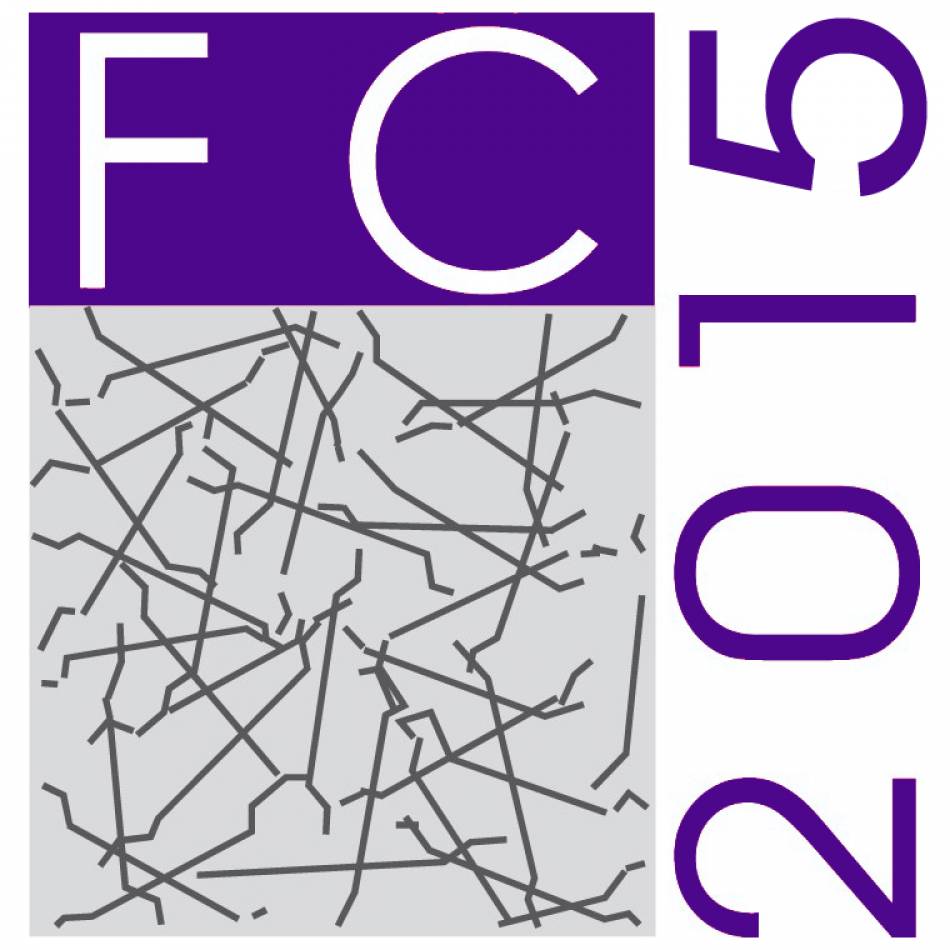The standard test methods of FRC (Fibre Reinforced Concrete) are bending beam tests. Due to the random distribution of the fibres there could be a big dispersion in the results. This large dispersion could be decreased by increasing the number of specimens and/ or the area of the representative cross section. In this article the possibility of decreasing the dispersion is researched with a method based on the real fibre distribution. The added fibres increase the residual flexural strength of the concrete, which is mainly influenced by the number of fibres on the cracked section, the distance of the intersection point of the fibre and the cracked section from the neutral axes, the anchorage length of the fibre and the angle between the fibre and the cracked section. From this data only the first two could be measured relatively easily and accurately. The number of fibres crossing the cracked section could be calculated by using mathematic statistics. By knowing the test results and the corresponding location of the fibres the result of the ideal distribution could be forecasted. By applying this method the dispersion caused by improper mixing may be avoided. In this article this method is being presented and verified by large number of test results.
#FC2015 #FC #FRC #evaluation



